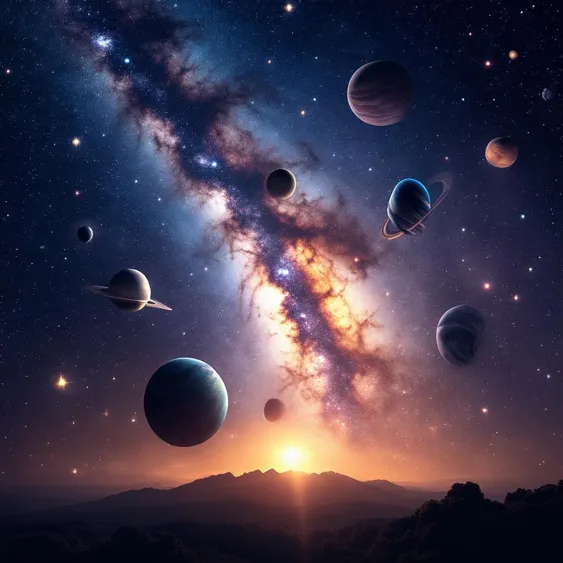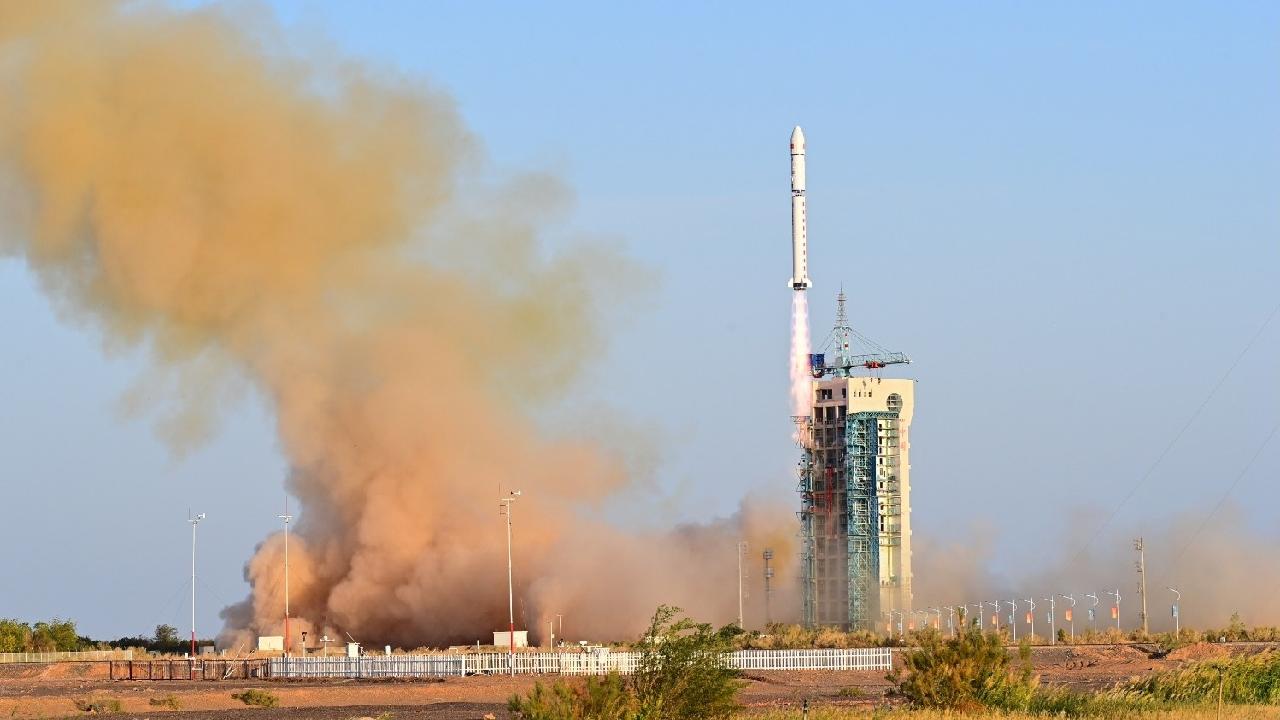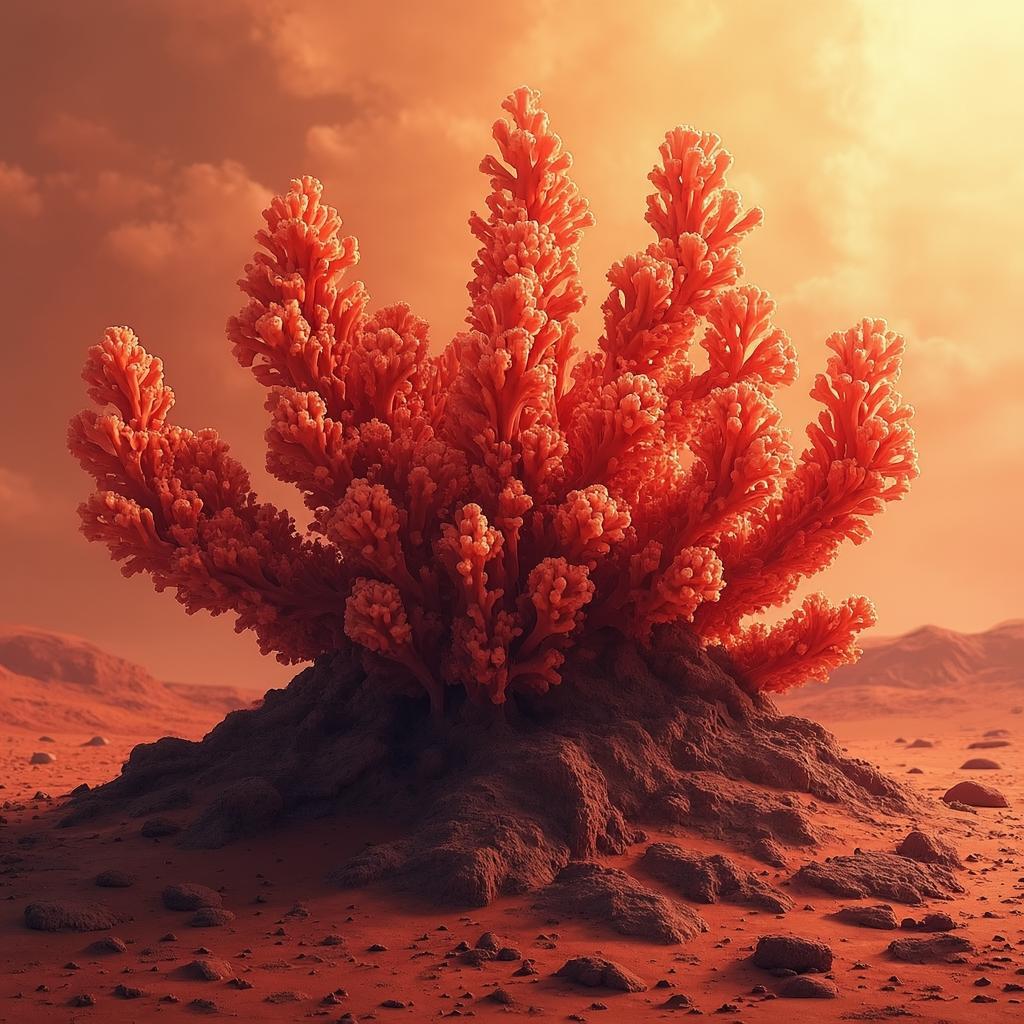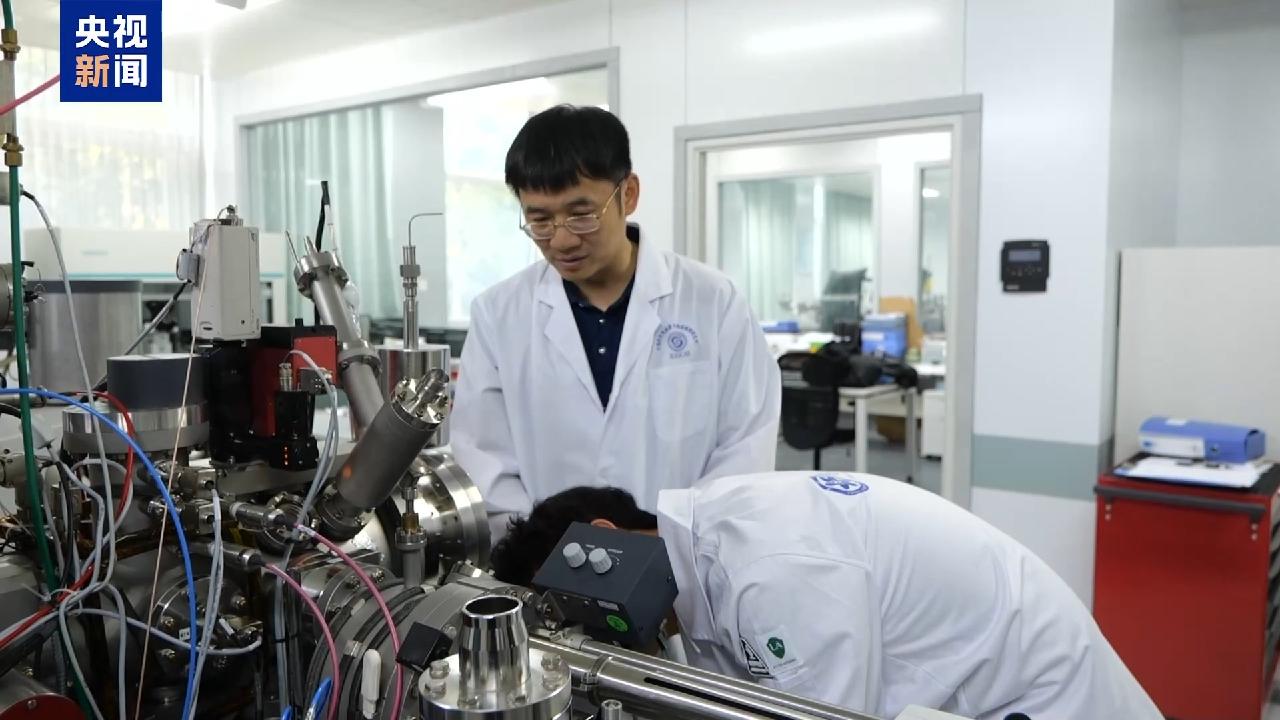Candidate Exoplanet Discovered Near Earth

The discovery of a candidate exoplanet within the habitable zone of the Alpha Centauri star system is a significant milestone in the ongoing quest to find life beyond Earth. It not only highlights advances in astronomical technology but also taps into our collective curiosity about whether we are alone in the universe. With Alpha Centauri being the closest star system to Earth, situated just 4 light-years away, this finding stirs excitement among both scientists and the general public.
The habitable zone, often referred to as the Goldilocks zone, is the region around a star where conditions could be just right for liquid water to exist, a crucial ingredient for life as we know it. The candidate exoplanet, observed using the James Webb Space Telescope, is a gas giant orbiting Alpha Centauri A, the brightest star of this three-star system. While it does not hold the promise of life itself, the existence of such a planet opens up preliminary discussions about the potential habitability of its moons, if any exist. The methodology employed by the research team marks a novel approach; typically, exoplanets are detected through indirect methods, such as observing a star’s wobbles due to gravitational interactions with its planets. The use of high-resolution imaging to directly observe this exoplanet is a technological leap, showcasing the capabilities of the Webb telescope.
As we delve deeper into the cosmos, the implications of such discoveries are profound. This finding not only emphasizes our technological advancements but also kindles optimism for future explorations of potentially habitable worlds. If confirmed, scientists will likely conduct further studies to assess the habitability of the planet’s satellites, ultimately inching us closer to answering one of humanity's oldest questions: Is there life beyond Earth? As we stand on the precipice of new revelations, what other mysteries might the Alpha Centauri system hold?
Read These Next

China launches first reusable returnable test satellite
China launched its first reusable test satellite, Shijian-19, promoting space tech advancements and international cooperation.

Curiosity Rover Finds Coral-like Rocks on Mars, Water Implications
This commentary explores the implications of NASA's Curiosity rover finding coral-like rock formations on Mars, highlighting its potential to confirm past liquid water presence and stir public curiosity about extraterrestrial life.

China's Lunar Samples Boost Knowledge of Moon Exploration
Chinese researchers find the moon's far side is drier than the near side, impacting future lunar exploration and collaboration.
